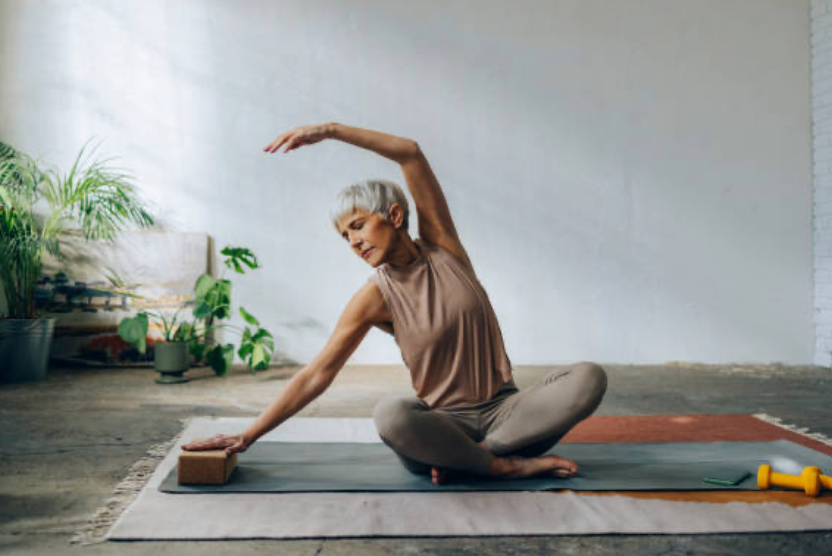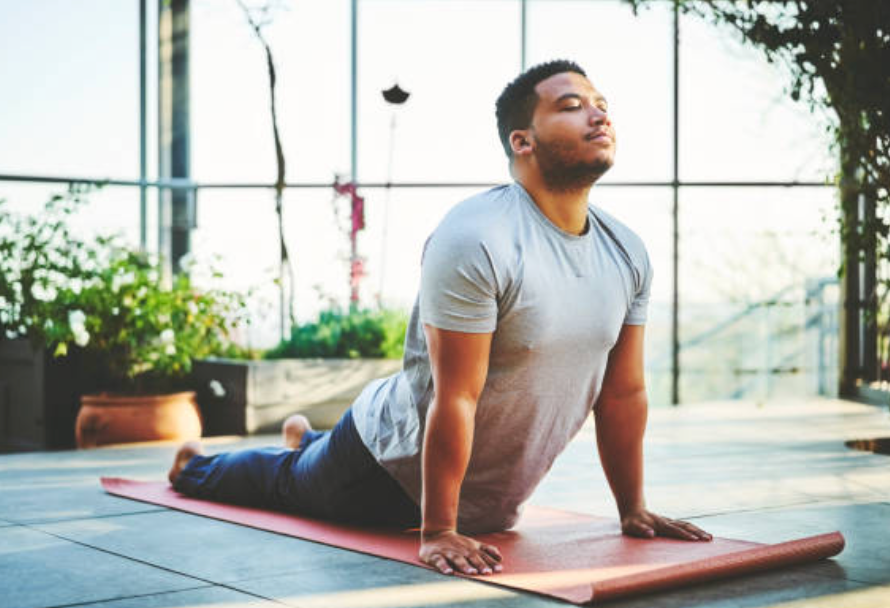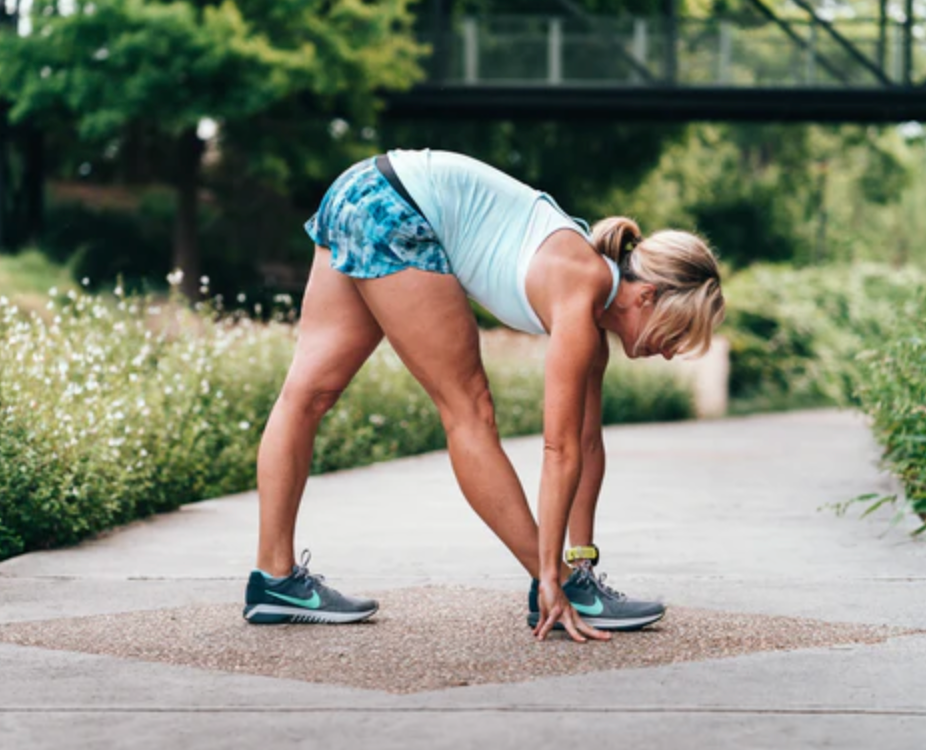Flexibility refers to the ability of muscles, tendons, and connective tissues to lengthen and stretch in response to movement or external forces. It is the capacity of a muscle or group of muscles to lengthen beyond its resting state, allowing for increased range of motion and joint mobility.
Having good flexibility is important for overall movement quality, posture, and physical performance. It enables joints to move freely and efficiently through their full range of motion, reduces the risk of injury, and promotes optimal muscle function. Flexibility is influenced by factors such as genetics, age, activity level, and regular stretching and mobility exercises.

Incorporating flexibility training into your fitness routine can help improve muscle elasticity, joint function, and overall movement efficiency. Stretching exercises, yoga, and mobility work are common ways to promote flexibility and maintain musculoskeletal health.
Can you get flexible at any age?
Yes, it is possible to improve flexibility and regain flexibility at any age with consistent effort and the right approach. While flexibility generally tends to decrease with age due to factors such as decreased muscle mass, joint stiffness, and changes in connective tissues, regular stretching and mobility exercises can help improve and maintain flexibility regardless of age.
Here are some tips for improving flexibility at any age:
- Start Slowly: Begin with gentle stretching and mobility exercises, gradually increasing the intensity and duration as your body becomes more accustomed to the movements.
- Consistency is Key: Incorporate flexibility exercises into your daily routine or workout regimen to make progress and maintain improvements over time.
- Focus on Major Muscle Groups: Target areas of the body that tend to be tighter, such as the hamstrings, hips, shoulders, and lower back, with specific stretches and mobility drills.
- Listen to Your Body: Pay attention to your body’s signals and avoid pushing yourself too hard. Stretch to the point of mild tension, not pain, and practice proper breathing during stretches.
- Stay Hydrated and Warm Up: Proper hydration and a light warm-up before stretching can help improve muscle elasticity and reduce the risk of injury during flexibility training.

With dedication, patience, and a regular routine, it is possible to regain and improve flexibility at any age. Just remember to listen to your body, be consistent, and gradually progress your stretching routine over time.
How regular should you practice flexibility exericses?
The frequency of flexibility training depends on your individual goals, current level of flexibility, and overall physical activity. In general, it is recommended to practice flexibility exercises regularly to maintain and improve range of motion, muscle elasticity, and joint health.
For most people, incorporating flexibility exercises into your routine 2-3 times per week can be beneficial for maintaining and enhancing flexibility. However, some individuals may benefit from daily flexibility work, especially if they have specific flexibility goals or tight areas that need regular attention.
Consistency is key when it comes to flexibility training. Listen to your body and adjust the frequency and intensity of your flexibility exercises based on how you feel. Focus on stretching all major muscle groups and target areas of tightness or limited range of motion.
Remember that flexibility improvements take time and patience, so be consistent with your stretching routine and gradually progress as you become more flexible. By incorporating regular flexibility training into your routine, you can promote better movement quality, reduce the risk of injury, and support overall physical well-being.
How to do flexibility exercises

Flexibility exercises are typically done through a series of stretches and movements designed to target and lengthen specific muscles and improve range of motion in joints. Here are some general guidelines on how to do flexibility exercises effectively:
- Warm-Up: Start with a brief warm-up to increase blood flow to your muscles and prepare your body for stretching. This could include light cardiovascular activity, such as walking or jogging, and dynamic movements to warm up your muscles.
- Hold Stretches: Perform a variety of static stretches targeting different muscle groups. Hold each stretch for 15-30 seconds, breathing deeply and gradually increasing the stretch as you feel comfortable.
- Focus on Major Muscle Groups: Include stretches for areas that tend to be tight, such as the hamstrings, hips, shoulders, and lower back. Choose stretches that target these areas specifically to address any areas of limited flexibility.
- Practice Gentle and Controlled Movements: Avoid bouncing or jerking movements while stretching, as this can lead to injury. Focus on slow, controlled movements and gentle stretching to avoid straining your muscles.
- Listen to Your Body: Pay attention to how your body feels during stretching. Aim for a gentle stretch sensation, not pain. If you feel pain, release the stretch immediately and reassess

Leave a Reply